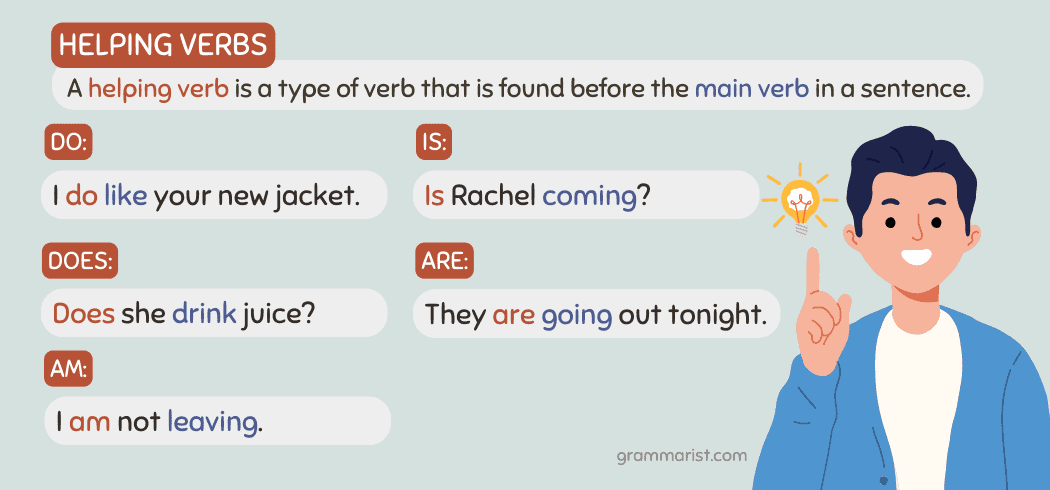How Restaurants Source Their Food: A Comprehensive Guide to Supplier Strategies
Introduction: The Complex World of Restaurant Food Sourcing
Restaurant food sourcing is a multifaceted process involving a network of suppliers, evolving logistics, and constant tradeoffs between cost, quality, and reliability. Whether you’re opening a new restaurant or optimizing an established operation, understanding how restaurants acquire their food is essential for success. This guide unpacks the major sourcing channels, provides actionable steps for choosing suppliers, and explores strategies for building resilient, cost-effective supply chains.

Source: jvferrandez.blogspot.com
Types of Food Suppliers: The Core Channels
Restaurants typically rely on a mix of local farmers , national wholesale food suppliers , specialty vendors , and sometimes international importers . Each channel offers unique benefits and challenges, and most establishments balance several simultaneously based on their menu, size, and brand values.
1. Local Farmers and Markets
Sourcing directly from local producers provides restaurants with fresh, seasonal ingredients and supports community agriculture. Many restaurants form partnerships with nearby farms or shop at local farmers’ markets. This approach is especially popular among establishments emphasizing sustainability, freshness, or farm-to-table cuisine. However, relying on local sourcing can introduce supply variability due to seasonality and unpredictable yields.
Action steps: To start, visit farmers’ markets in your area and introduce yourself to vendors. Ask about their delivery capabilities, minimum order sizes, and seasonal availability. Consider joining local food co-ops or producer networks, which may offer consolidated ordering and delivery. You can also check city or state agriculture extension offices for directories of local farms and food producers.
2. National Wholesale Food Suppliers
Large-scale distributors, such as Sysco and US Foods, provide restaurants with access to a vast array of products, from fresh produce and meats to dry goods and cleaning supplies. These suppliers operate regionally or nationally, offering the convenience of consolidated ordering, delivery, and sometimes online inventory management tools. National wholesalers are critical for restaurants that require consistent, large-volume deliveries or a broad ingredient selection year-round. They also often negotiate bulk pricing, helping control food costs. [1]
Action steps: Research major foodservice distributors in your region. Contact their sales representatives to request product catalogs and inquire about account setup. Evaluate their minimum order requirements, delivery schedules, and payment terms. Consider using technology platforms that allow ordering from multiple distributors in one place to streamline operations and optimize pricing. [2]
3. Specialty and Niche Vendors
Restaurants seeking to differentiate their menus or meet specific dietary trends often partner with specialty suppliers. These vendors may focus on organic produce, artisanal cheeses, craft beverages, or imported goods. Working with specialty vendors can enhance menu quality and appeal but may require more complex logistics and higher per-unit costs.
Action steps: Identify which menu items require specialty ingredients. Search for regional or national specialty suppliers, or ask peers in your industry for recommendations. Reach out to these suppliers, request samples, and discuss typical lead times and order processes. Some suppliers may offer direct delivery, while others require pickup or third-party logistics coordination. [4]
4. Direct Importers and International Sources
Some restaurants-particularly those with globally inspired menus-work with importers to source ingredients not readily available in local markets or through domestic wholesalers. Importing can open doors to unique flavors but involves additional regulatory and logistical considerations, such as customs clearance and food safety compliance.
Action steps: For rare or imported ingredients, research reputable importers with established foodservice clients. Consult with your local health department or regulatory agency about rules for importing food products. Consider starting with small test orders to evaluate reliability and product quality before making larger commitments.
How to Find and Evaluate Food Suppliers
Finding reliable food suppliers involves careful vetting and ongoing relationship management. Here’s a step-by-step approach to building your supplier network:
- Define Your Needs: List all menu items and required ingredients. Note which items are high priority for quality or uniqueness.
- Research Options: Use online directories, industry associations, and peer recommendations to compile a list of potential suppliers in each category.
- Interview Suppliers: Contact each supplier to discuss pricing, delivery options, order minimums, and quality assurance processes. Ask for references from similar restaurants.
- Request Samples: Test product quality through samples before placing large orders. Evaluate freshness, packaging, and consistency.
- Negotiate Terms: Discuss contract length, payment terms, and any volume discounts. Be clear about expectations for communication and support.
- Monitor Performance: Set up systems to regularly track order accuracy, delivery reliability, and product quality. Provide feedback and adjust contracts as needed.
Platforms like FareFood offer tools to manage multiple distributors, track inventory, and streamline ordering and returns, helping you centralize and optimize supplier relationships. [5]
Managing Costs and Ensuring Quality
Balancing cost and quality is a perennial challenge. Many restaurants use a blend of sourcing channels to maximize value. For instance, staple items may come from wholesalers for cost savings, while signature ingredients are sourced locally for quality and story.
Strategies include:
- Comparing prices and quality across multiple suppliers on a recurring basis
- Negotiating volume discounts or bundled pricing with key suppliers
- Implementing inventory tracking technology to reduce waste and over-ordering
- Building strong supplier relationships to gain access to limited-availability products
- Creating contingency plans for supply chain disruptions, including backup suppliers
Remember, quality control is a shared responsibility. Regularly inspect deliveries, communicate any issues promptly, and work with suppliers who demonstrate transparency and responsiveness.
Alternative and Emerging Sourcing Models
As the foodservice industry evolves, new sourcing models are gaining traction:
- Online Marketplaces: Platforms that aggregate suppliers, allowing restaurants to compare, order, and manage deliveries through a single dashboard.
- Producer Co-ops: Groups of local farms or producers that pool resources to serve restaurants more efficiently.
- Sustainable and Ethical Sourcing: Increasingly, restaurants prioritize suppliers who adhere to sustainability, fair labor, and animal welfare standards. Certifications and third-party audits help verify these claims.
To explore these options, you can search for “restaurant food distributor marketplace” or “local food producer co-op” in your area. Industry trade shows and foodservice expos are also valuable for meeting suppliers and learning about new sourcing technologies.
Custom Sourcing and Procurement Programs
Large restaurant groups or unique concepts may benefit from custom sourcing programs, which are tailored to specific operational goals and brand standards. Some organizations, like Foodbuy Foodservice, offer custom procurement teams that work directly with restaurant clients to build exclusive supplier portfolios, manage proprietary products, and streamline contracts. [3]
If your restaurant requires highly specific or branded products, consider reaching out to foodservice procurement specialists or consulting with an industry expert to design a custom sourcing program that aligns with your needs.
Key Takeaways and Next Steps
Sourcing food for a restaurant is an ongoing process that requires adaptability, relationship-building, and a willingness to explore both traditional and innovative channels. Start by defining your ingredient needs, researching supplier options, and establishing clear expectations for quality and delivery. Leverage technology, stay flexible in your sourcing strategies, and always prioritize communication with your partners.

Source: mimundomanualyartistico.blogspot.com
If you’re ready to connect with suppliers, begin by networking at local industry events, reaching out to wholesalers in your region, and exploring online platforms that aggregate foodservice vendors. For those seeking advanced solutions, consider consulting with supply chain experts or joining industry associations for ongoing support and education.
References
MORE FROM eboxgo.com













